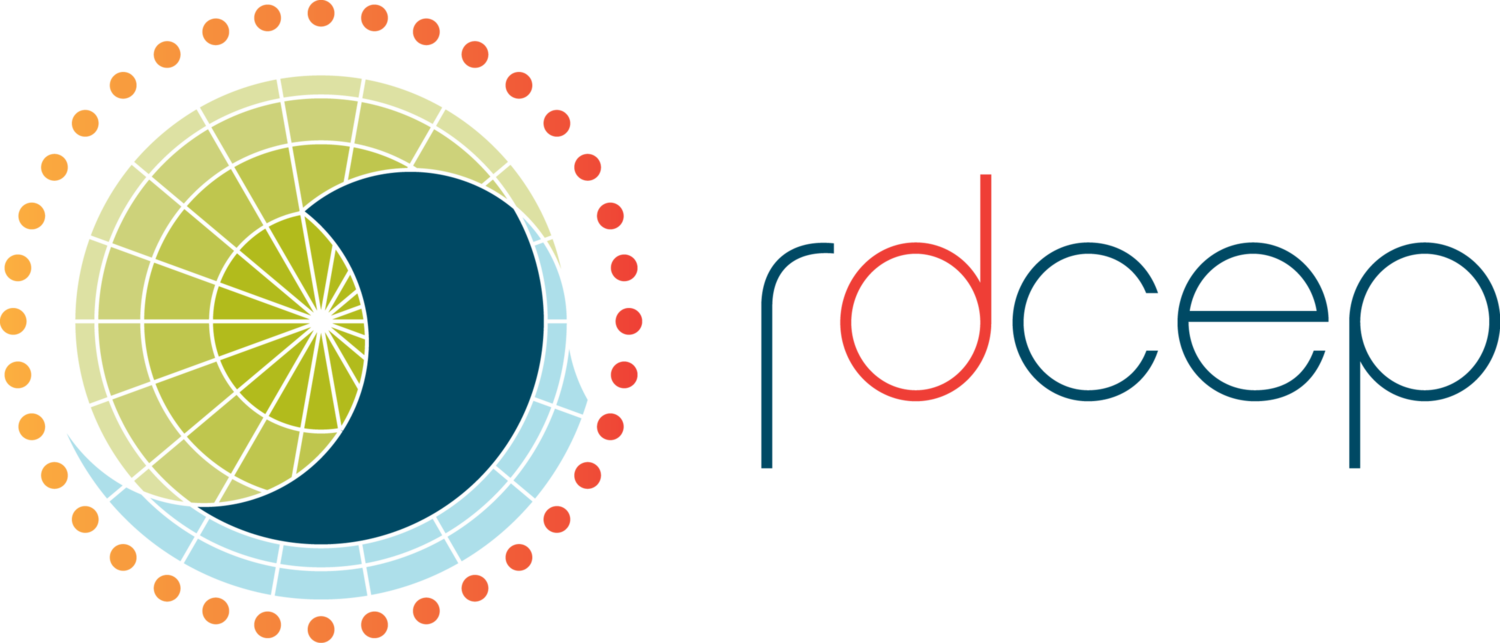Alma Valenzuela
/My summer research project consisted of organizing Chicago's energy usage database. This database can be found online and it shows the energy usage for the city in the year 2010.
After a few weeks of misunderstandings with the database, I used the information to make graphs showing how different factors affect energy usage. Before I made the graphs my group and I added more information to the database. We added an income column, which allowed us to know the average income per community, and we also added community zip codes. The zip codes helped me compare the data to other city data. A final thing that my group and I added was the convertion from KWH to watts and Therms to watts. Changing the units to watts helped me understand the graphs better and I was able to easily compare it to other studies.
I created pivot tables on Excel which made it easier for me to organize my data. Because this was a large excel file (77 columns and over 67,000 rows!) I had difficulty organizing my data.
I made graphs that show how much energy different income brackets use, how much energy different kinds of buildings use, and how much energy building subtypes use. Once I made graphs of my data I began to look at patterns and began to question why things were happening.
I also made fusion tables on Google Drive. This allowed me to see Chicago as a whole, and see what neighborhoods were using the most energy.
Graphs and Fusion Tables
Above is a fusion table that I made using the database. This fusion table shows the total electrical watts used for each community in Chicago for the year 2010. As shown on the map, the loop area used the most electricity in 2010.
The graph above is one of the many graphs I made. This graph compares the monthly electricity usage for the three building types (residential, industrial, and commercial). The numbers in the parentheses next to the building type represent the number of buildings that are under that category. This graph also shows the electricity usage based on the temperature. As shown, people tend to use more electricity over the summer and based on the data, commercial buildings use the most electricity.
The graph above shows the electricity usage for different income brackets. The numbers in the parentheses next to the income brackets represent the number of residential buildings that are within that income bracket in Chicago. This graph also shows the electricity usage based on the temperature. As shown, people use more electricity over the summer and winter. Also the higher the income bracket, the more electricity that building/household uses.
Those were some examples of the graphs I made with the data.








